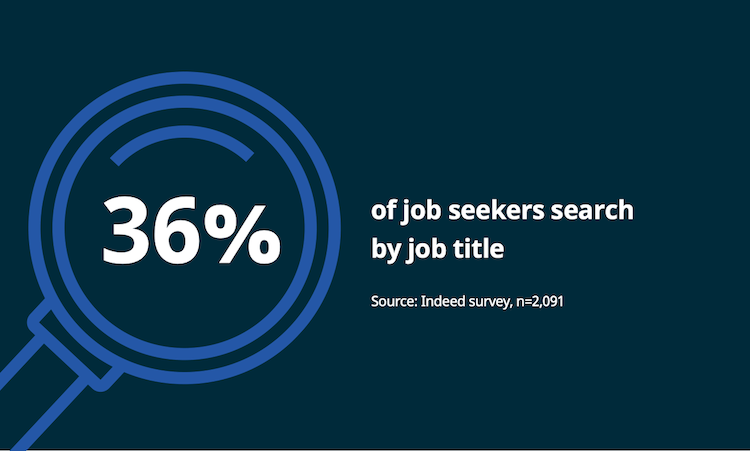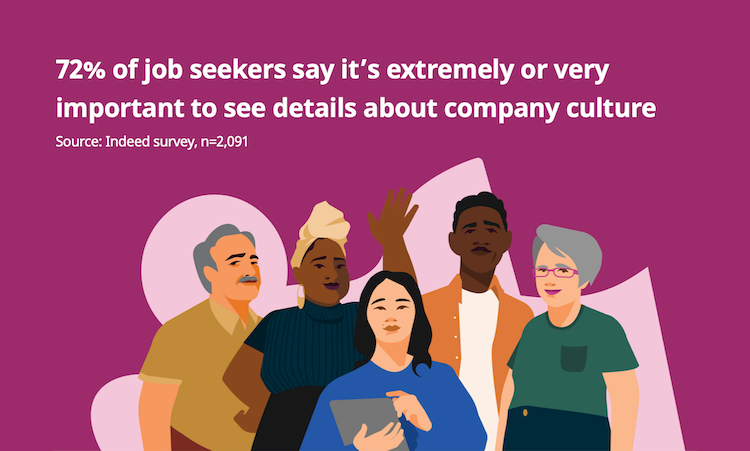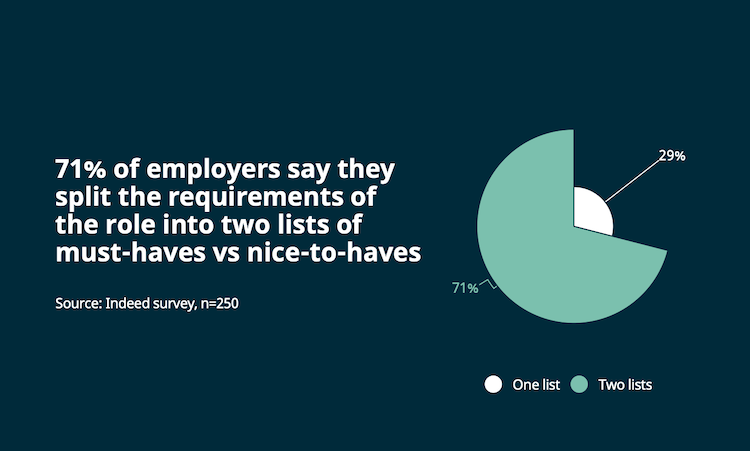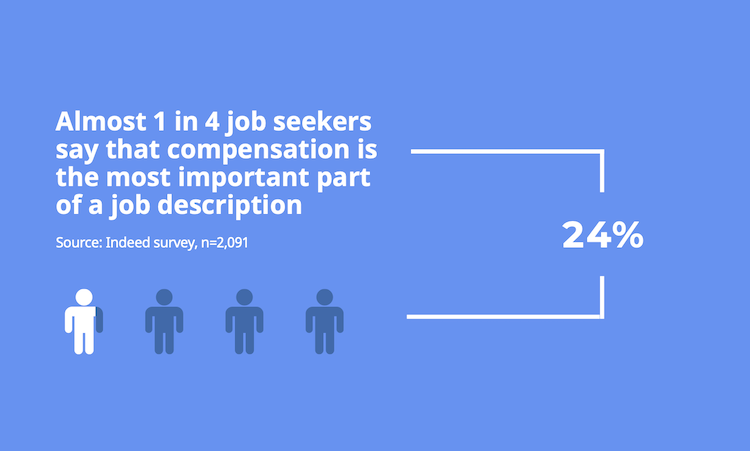How to Write Job Descriptions – A job description summarizes the essential responsibilities, activities, qualifications and skills for a role. Also known as a JD, this document describes the type of work performed.
A job description should include important company details — company mission, culture and any benefits it provides to employees. It may also specify to whom the position reports and salary range.
An effective job description will provide enough detail for candidates to determine if they’re qualified for the position. Not only that, but according to an Indeed survey, 52% of job seekers say the quality of a job description is very or extremely influential on their decision to apply for a job.*
Table of Contents
Importance of Job Descriptions
No matter how many job descriptions you write, they never seem to get any easier, especially if you are writing them for roles you know little about. We’re here to help. For starters, let’s discuss the importance of job descriptions, and then we’ll tackle how to write them.
Job descriptions are helpful for both prospective candidates and employers. Here’s why:
Attract prospective candidates
A concise and compelling job description will play a major role in attracting qualified candidates. With resources like LinkedIn, Facebook, Twitter and email, the ability to post and share jobs is instantaneous and has exponential reachability.
Set expectations
A clear job description will set everyone up for success. Prospects will understand what is expected of them, more qualified candidates will apply, under qualified applicants will move on and you will save loads of time sifting through applications and communicating with potential candidates.
Prepare for interviews
A well-crafted job description can help both applicants and interviewers prep for the big day. Applicants will be able to prepare for likely topics of conversation and interview teams will be equipped to ask questions that will accurately gauge the candidate’s qualifications.
Make a stellar first impression
Job descriptions are often the first point of contact candidates will have with your company and can shape their first impression. Just like resumes and CVs, any jargon or grammatical errors will turn a candidate off and leave a lasting negative impression.
Simplify the search
Searching for jobs is incredibly time-consuming, especially for the 73% of candidates who are passive and currently employed. Clear and concise job descriptions help prospects compare salaries, benefits, perks and even company culture to determine what roles are worth applying to.
Establish a baseline
Once a candidate is hired, the job description will stand as a baseline to measure growth, reference during performance reviews and consider future training opportunities.
How to Write Job Descriptions STEP BY STEP
Job Title
Make your job titles specific. Targeted job titles are more effective than generic ones, so be precise by including key phrases that accurately describe the role. In fact, a 2020 Indeed survey found that 36% of job seekers that use job sites search for a job using the title of the job they’re looking for.*
*Indeed survey, n=2,091
Avoid internal lingo that may confuse the job seeker. Stick to standard experience levels like “Senior” rather than “VI” or other terms people are less likely to look for.
Job Summary
Open with a strong, attention-grabbing summary. Your summary should provide an overview of your company and expectations for the position.
Hook your reader with details about what makes your company unique. Your job description is an introduction to your company and your employer brand. Include details about your company culture to sum up why a candidate would love to work for you. An Indeed survey found that 72% of job seekers say it’s extremely or very important to see details about company culture in job descriptions.*
*Indeed survey, n=2,091
Include an exact job location. Provide an exact job location to optimize your job posting so it appears higher in job search results.
Responsibilities and Duties
Outline the core responsibilities of the position. Make sure your list of responsibilities is detailed but concise. Also emphasize the duties that may be unique to your organization. For example, if you are hiring for an “Event Management” role and the position requires social media expertise to promote events, include this detail to ensure candidates understand the requirements and can determine if they’re qualified.
Highlight the day-to-day activities of the position. This will help candidates understand the work environment and the activities they will be exposed to on a daily basis. This level of detail will help the candidate determine if the role and company are a right fit, helping you attract the best candidates for your position.
Specify how the position fits into the organization. Indicate who the job reports to and how the person will function within your organization, helping candidates see the bigger picture and understand how the role impacts the business.
Qualifications and Skills
Include a list of hard and soft skills. Of course, the job description should specify education, previous job experience, certifications and technical skills required for the role. You may also include soft skills, like communication and problem solving, as well as personality traits that you envision for a successful hire.
Keep your list concise. While you may be tempted to list out every requirement you envision for your ideal hire, including too many qualifications and skills could dissuade potential candidates. According to a 2018 Indeed survey, 63% of candidates said they chose not to apply for a job because they felt like they didn’t know the specific tools or skills listed in the job description. A further 47% said they didn’t apply because they didn’t have the specific years of experience listed in the job description.*
That’s why it’s important to identify the must-haves vs nice-to-have skills and qualifications for the role to encourage a more diverse set of candidates to apply. 71% of the employers we surveyed said they’re already doing this.**
*Indeed survey, n=607
**Indeed survey, n=250
Salary and Benefits
Include a salary range. Quality candidates look for opportunities that meet their salary needs. However, according to a 2019 Indeed survey, almost 70% of candidates said they never or only occasionally saw job descriptions that included salary information.* Stand out from other employers by adding the salary band to your job description to help attract best fit candidates.
*Indeed survey, n=1,000
List out your top perks and benefits. What’s in it for the candidate? Most jobseekers (83%) agree that a company’s benefits and perks have a significant impact on their decision of whether or not to accept a job offer there.* Encourage more people to apply by sharing the attractive rewards and benefits you offer your employees, such as:
- Unlimited PTO
- Flexible hours
- Medical, dental and vision coverage
- Office snacks
- Tuition reimbursement
- Dog-friendly office
Conclusion
When posting a job, add the company’s name and location, the job title, and detailed job description. Within the description, include a job summary, core responsibilities of the position, and a list of qualifications and skills required for the role.
